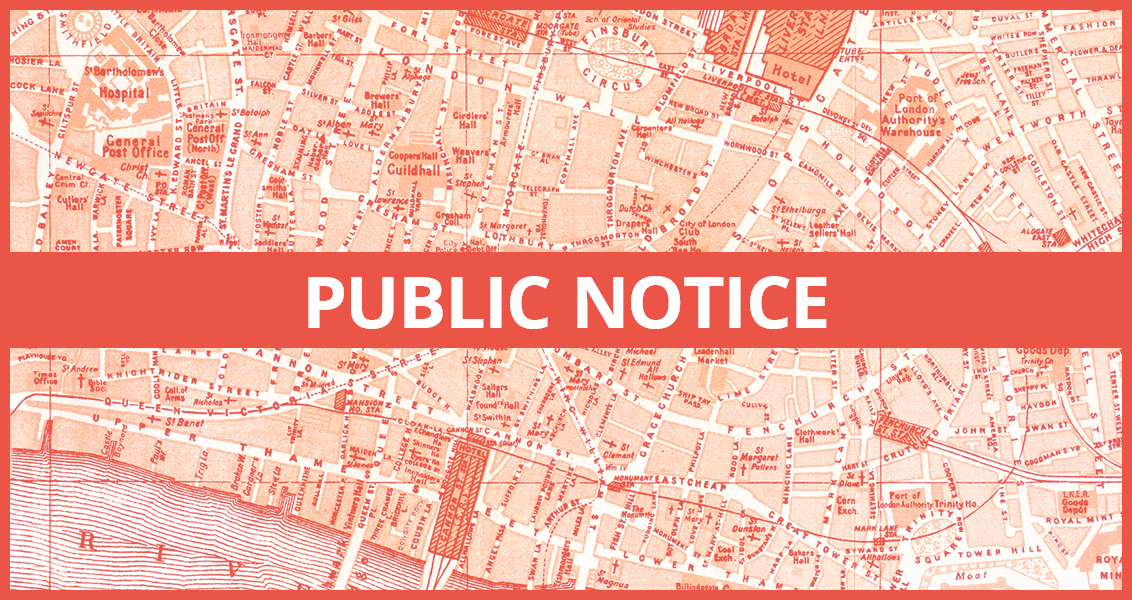London was hit first and hardest by the coronavirus pandemic, with high mortality rates and a sharp slowdown in every aspect of city life, according to a new report, though the capital’s job market seems to have been relatively resilient.
The report, by Centre for London in association with the Policy Institute and the Centre for Urban Science and Progress at King’s College London, shows how London has been affected to date in terms of Covid-19 cases and deaths, as well as the impact on business activity, labour market and behaviour.
The report provides a baseline from which to monitor the long-term impact of the lockdown and pandemic on London.
The analysis found that compared to the rest of the UK, London has seen a sharper than average drop in business activity caused by retail, hospitality and venue closures.
The NatWest/HIS Markit purchasing managers’ indices (PMIs) measure business activity by surveying companies on output, new orders, employment and prices.
Between January and April 2020, the index declined by 25 points – 9 points steeper than for the UK as a whole and 12 points steeper than in the wake of the EU referendum in 2016.
While whole sectors of London’s economy are inactive, others remain open. Data from an ONS business survey suggests that fewer than 20% of businesses in the Accommodation and Food Services, and Arts and Entertainment are still operating nationally, potentially impacting about half a million jobs in London.
However, more than 70% of businesses overall report they are still able to continue trading. Sectors such as Information and Communication, Education, and Health and Social Work reported being the least financially impacted by the crisis, supporting an estimated 1.5 million workers in London alone.
NOW READ: City of London residents urged to ‘pay it forward’ to help struggling local businesses
The impact of the crisis on the labour market has been swift and severe. Recruitment has slowed markedly, but London’s job market appears less affected than other regions.
London job postings on Indeed between 1 February and 1 May were down by 49% compared to last year. Compared to the rest of the country, however, London seems slightly less affected at this point in the crisis, with Scotland and Northern Ireland among the hardest hit (down 63% and 61% respectively).
Most Londoners are staying away from their workplaces and from public transport. Since lockdown began on 23 March, the analysis found that workplace attendance is 70% lower than normal, and tube and rail use is also down around 80%.
Trips to grocery stores and pharmacies have fallen below their normal level, after a ‘stockpiling spike’ in mid-March. International data on mobility patterns also suggests London’s lockdown has been more comprehensive than cities such as Berlin, Stockholm, New York or Hong Kong.
Richard Brown, deputy director at the Centre for London, said: “London has been hard hit by the pandemic, in terms of lives and livelihoods, though thankfully both confirmed cases and deaths in hospital appear to be falling. This report gives a snapshot of how city life has been affected to date – from employment to shopping, to air quality.
“As we start to look to what lies beyond lockdown, and life begins to return to streets, workplaces, shops and restaurants, we will continue to track progress against this baseline.”
Mark Kleinman, Professor of public policy at the Policy Institute, Kings College London, said: “The Covid-19 pandemic poses fundamental challenges to the economies, quality of life and sustainability of major cities worldwide. Many of the key assets of successful global cities – such as connectivity, density and agglomeration – are proving also to be vulnerabilities.
“By providing a baseline and continuing to monitor the impact of the pandemic on London, we intend for our joint research to provide important evidence and insights for city and national policy-makers both in London and elsewhere.”
For the latest headlines from the City of London and beyond, follow City Matters on Twitter, Instagram and LinkedIn.








